
Steve Jobs one idea brought the revolution to the communication world in the shape of a smartphone. In 2007, Steve Jobs left a mark on the world when he revealed Apple's most memorable iPhone to the world. Besides the fact that it had the best elements that might actually be put inside the equipment, yet the iPhone totally reformed the importance of what a cell phone could be. Before its initiation, the current telephones available were driven by the Nokia 1200, an essential telephone with an actual console and a 1.5-inch show, sufficient to accept and get calls. Nobody might have expected the effect of the first iPhone in pushing the business forward.
iPhone: June 29, 2007

The Apple legacy started on 29 June 2007 when the first-ever iPhone was launched. The touchscreen phone! 16 GB is all you could put on the original iPhone first model? Granted, there wasn’t nearly as much data to put on the iPhone yet and certainly no App Store, And it could only handle 128 MB of memory. The camera was 2.0 megapixels.
iPhone 3G: July 11, 2008


In the first year of iPhone history, there were extremely high levels of customer satisfaction, as well as figures that showed people really were using the phone in the way it was meant to be used, i.e. people were using it for email, web browsing, and calling/texting. This was the first phone which supports 3G.
iPhone 4: June 24, 2010

iPhone 4 was the first iPhone to have a Selfie camera, it was a record-breaking release in the technology world. iPhone 4 was introduced in 2010 with an all-new design. The new design had a stainless steel frame and a screen made of aluminosilicate glass. It was flat at the back as well as at the sides and was one of the thinnest phones on the market around that time. iPhone 4 looked quite elegant in hands and though it was initially introduced only in black, a shade of white was later added to the production.
iPhone 4S: October 14, 2011

This was the phone that set the world record and made Apple the best smartphone manufacturer. The camera went from 5 MP to a whopping 8 MP. Apple also introduced the 64 GB storage option but kept the memory at 512 MB. However, important changes were made on the inside. This was the first iPhone to feature Apple's own voice assistant system, Siri, which went on to become a significant element in every iPhone launched after this.
iPhone 5: September 21, 2012
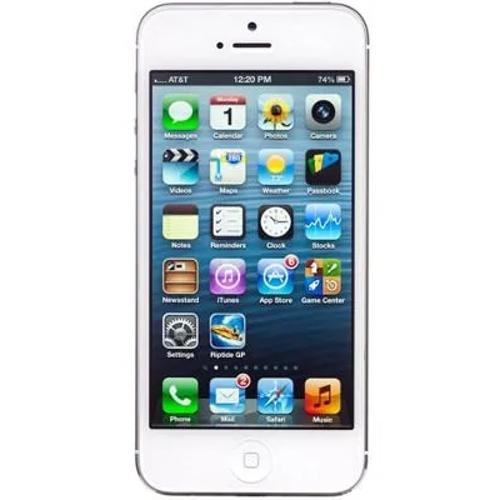

Apple sold 5 million units of the iPhone 5 in its first week. The camera stayed the same but memory was boosted all the way up to 1 GB, Although larger, the screen of the iPhone 5 series was not dramatically different: The screen size went up from 3.5 inches to 4 inches, with an aspect ratio of 16:9. iPhone 5 ran on iOS 6 which, combined with Apple's A6 silicon and 1GB RAM, Apple also introduced the Lightning connector with the iPhone 5.
iPhone 5s & iPhone 5c: September 20, 2013
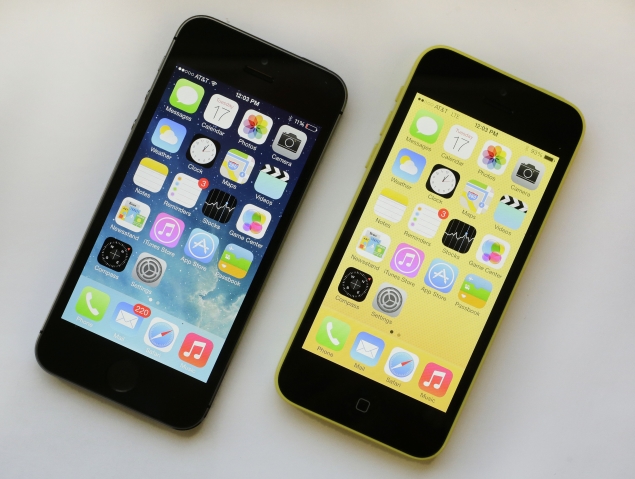
Between the iPhone 5s and the iPhone 5c, Apple sold nine million units in the first week of sales. The iPhone 5S is probably the most sold Apple device ever. For the first time ever, fingerprint unlocking was introduced in iPhone models. It was available in four different colors, but not too much else was different. 5S holds the most share in sales for Apple. On the other hand, 5C was so popular but less sold due to its plastic bodies.
iPhone 6 & 6 Plus: September 19, 2014
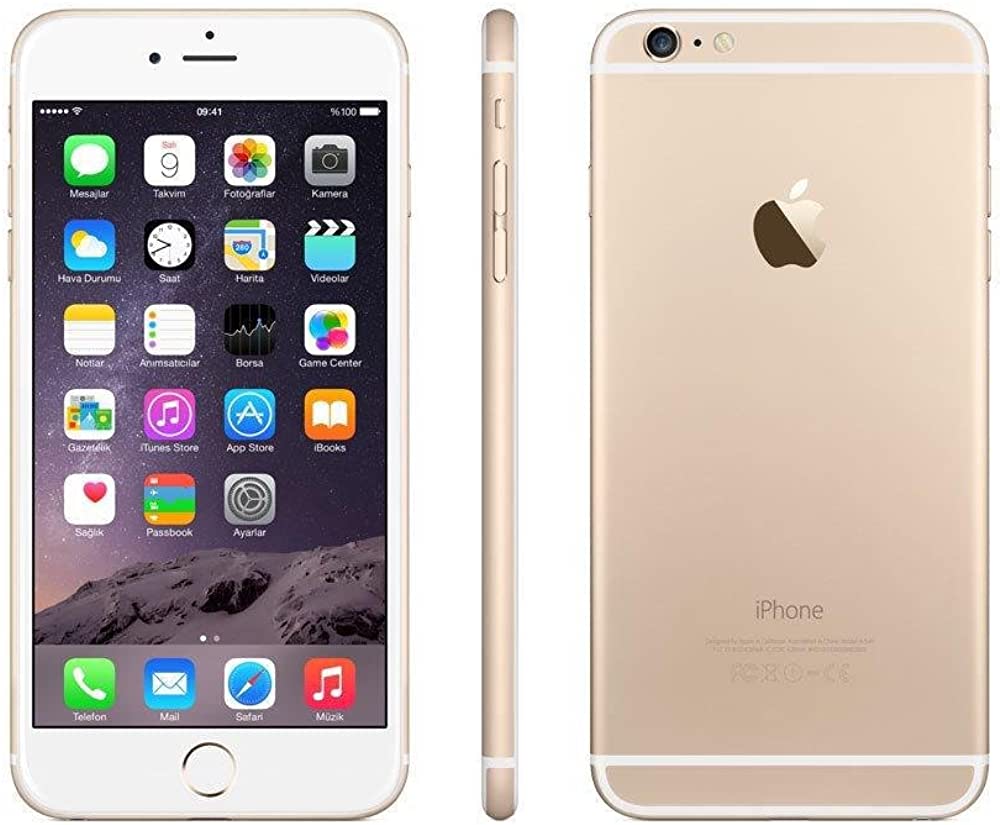
Apple tends to make larger leaps between the original model and the S edition than it does from the S edition to a new mode. In September of 2014, Apple launched iPhone 6 and 6 Plus which, by far, carried the biggest design breakthrough since the original iPhone. The body was completely redesigned and now had curved sides throughout. The phones were completely made of aluminium and were drastically thinner than the previous models. The Retina display became HD, and the option to get an iPhone with 128 GB of storage became available. But the amount of memory was the same, and the camera didn't see a megapixel upgrade. But it didn't matter—Apple sold 10 million units in the first week.
iPhone 6s & 6s Plus: September 19, 2015

After the huge success of the iPhone 6 and 6 Plus, Apple released the "S" upgrade of the models in 2015. iPhone 6S and 6S Plus were identical to the previous year iPhones in terms of the looks and design. Apple upgraded the iPhone 6s quite a lot but the looks remain 100% the same as of the iPhone 6. The camera made a huge impact from 8 MP to 12 MP. 2 Gigs of RAM in a phone!! that was a major blow at that time., however, with improved build quality and better internal specs. The body of these new models was now made up of reinforced 7000-series aluminum, similar to what is used in the aerospace industry.
iPhone SE: March 31, 2016


It had all the awesome internal specs of the iPhone 6s in a small package and without 3D Touch. But overall, the iPhone SE was introduced as a more affordable option that people really loved.
iPhone 7 & 7 Plus: September 16, 2016
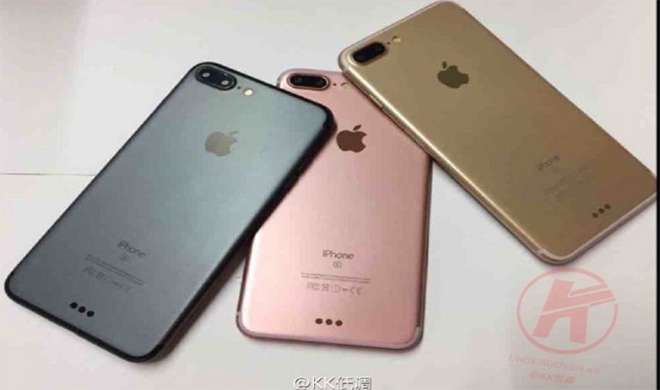

7Plus was the most loved Apple iPhone ever. Because Apple Finally started to make large size phones like Samsung was doing. Apple finally dropped the 16 GB base model option, with iPhone 7 and iPhone 7 Plus base models starting at 32 GB of storage and going up to 256 GB. Apple also introduced a new shiny Jet Black colour. The iPhone 7 Plus proved to be more popular than previous Plus models due to its new dual camera, which made a significantly improved zoom feature possible, and Portrait mode, a software update that let iPhone 7 Plus users take impressive photos using Depth of Field.
iPhone 8 & 8 Plus: September 22, 2017

One year after the launch of the iPhone 7, Apple introduced the iPhone 8 and 8 Plus as the newest flagships in the lineup. The overall design of the iPhone 8 series was nearly identical to its predecessor, except for the fact that Apple re-introduced glass backs nearly six years after taking them away. The iPhone 8 and 8 Plus introduced us to wireless charging with the glass cover on the back on the iPhone. The camera was awesome, with upgraded tools for editing and filtering our images.
iPhone X: November 3, 2017

To celebrate the 10-year anniversary of the iPhone's existence, Apple released the iPhone X, an iconic model that completely changed the future of iPhones. The iPhone X included an extra front-facing camera that let us take amazing selfies in Portrait mode. Sure, other iPhones let us take cool-looking photos, but the iPhone X included Portrait mode for the front-facing camera, and we fell in love at first aperture. The phone was a major breakthrough in terms of looks and features which went on to start a new design language in the world of iPhone.
iPhone XS & XS Max: September 21, 2018
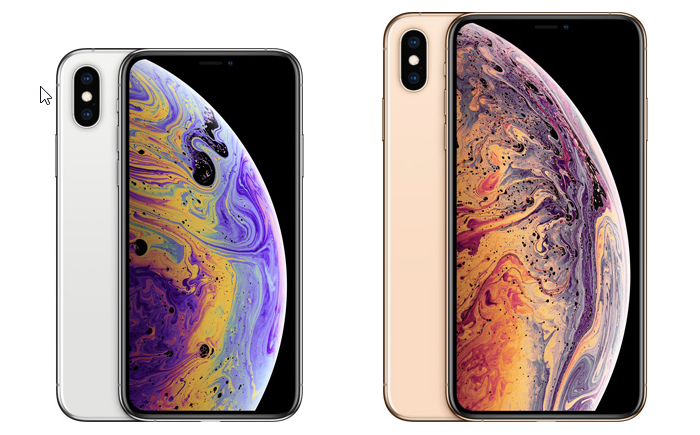

Apple announced the XS and XS Max at its September 2018 event in the Steve Jobs Theater. These models were well named, as they were definite upgrades along the lines of the iPhone X. Both models had the front-facing camera for Portrait-mode selfies While both phones were top-of-the-line flagship variants with quite heavy price tags, the company launched a third model, the iPhone XR, to balance out the flagship models with a cheaper price but updated features.
iPhone XR: October 26, 2018
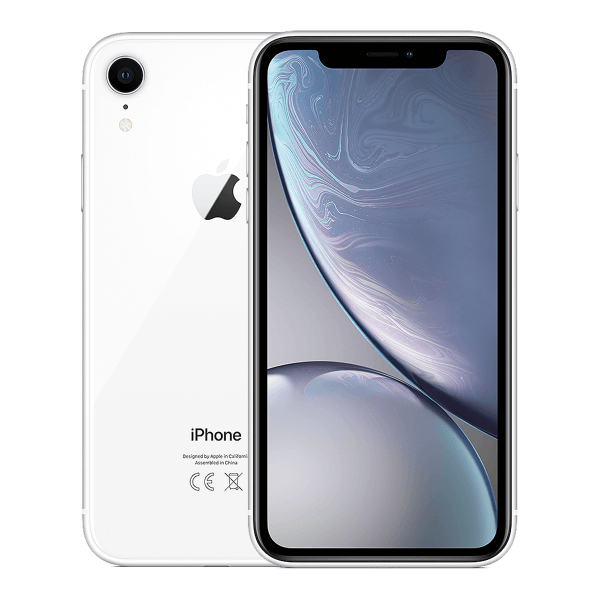

Following the trend of revealing multiple models, Apple launched the iPhone 11 series in 2019 with three models: iPhone 11, 11 Pro, and 11 Pro Max. For the first time, Apple named a model "Pro," signifying its ultimate features for advanced performance. All three models were equipped with Apple's latest A13 Bionic chipset.
iPhone 11: September 20, 2019
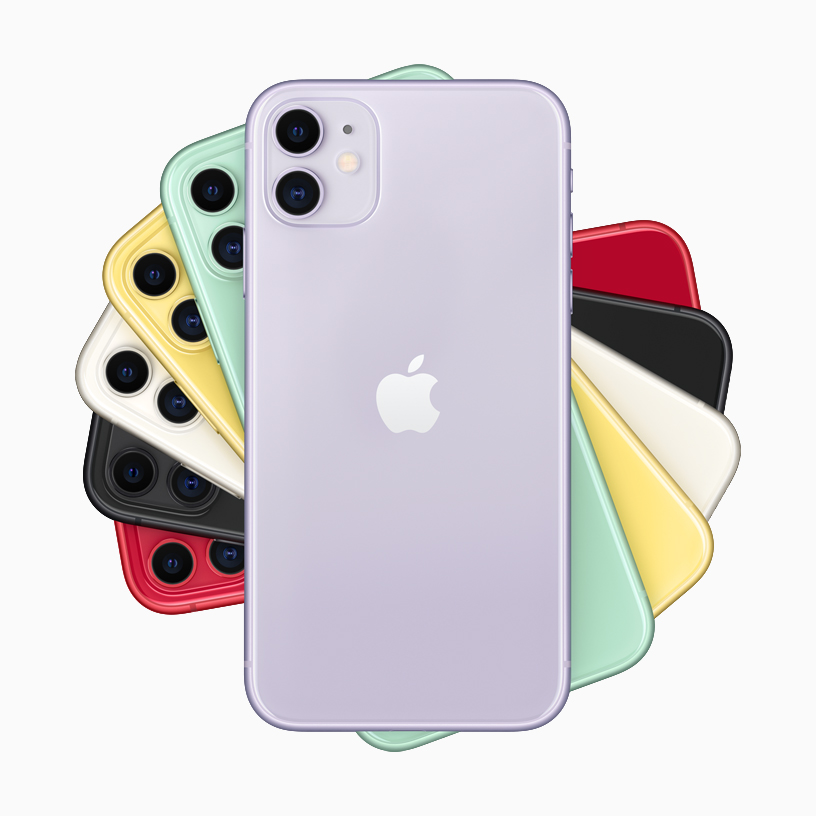

The iPhone 11 was the least expensive of Apple's annual line at the time, but still had enough new features to be in the running for 2019's most popular iPhone. iPhone 11 was essentially the successor of the Xr, with a dual-camera setup. It had the same 6.1-inch LCD display, was surrounded by an aluminum frame, and was available in multiple colorful finishes.
iPhone 11 Pro: September 20, 2019
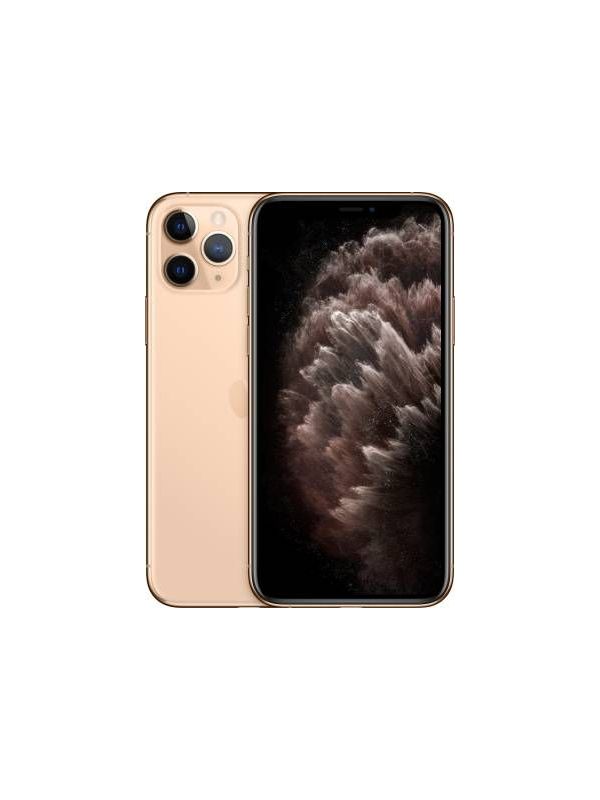

iPhone 11 Pro was perfect with the 5.8-inch Super Retina XDR display was Apple’s most crisp and clear to date. The first time ever Apple iPhone featured not two, but three, 12 MP HDR camera lenses, offering wide, ultra-wide, and telephoto lenses.
iPhone 11 Pro Max: September 20, 2019

The Pro Max featured the same, three-lens camera setup as the 11 Pro, as well as the same colour choices, making size nearly the only difference between the devices. The Pro Max featured the same, three-lens camera setup as the 11 Pro, as well as the same colour choices, making size nearly the only difference between the devices.
iPhone SE (second generation): April 24, 2020

iPhone SE models are for those Apple lovers who can’t afford the flagships. It is the mod range device of Apple. The 2020 iPhone SE is the second of its kind and was loved by those who prefer smaller iPhones. Apple took a few cues from the past with this throwback iPhone.The 4.7-inch Retina HD display and Home button with Touch ID harken back to the original iPhone SE, and with a similarly low price.
iPhone 12: October 23, 2020

The 6.1-inch iPhone 12 had exactly the same features, camera specs, and processing capabilities as the 12 mini, except that it was estimated to have a 17-hour video playback compared to the iPhone 12 mini's 15 hours. This mid-range model also included the dual-lens camera, which was good enough for everyday users.
iPhone 12 Pro: October 23, 2020
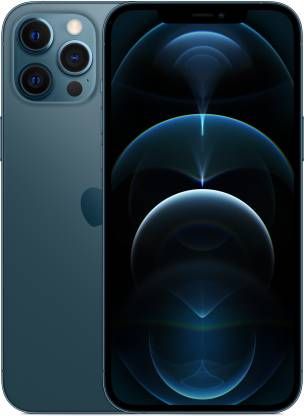

The iPhone 12 Pro boasted some very fancy camera and colour upgraded as compared to the 12 and the 12 mini, but came in the same 6.1-inch screen size as the iPhone 12 and included all of the baseline features present in the budget models. New camera features introduced in 2020 include a triple-lens arrangement like we saw with the iPhone 11 Pro models, but with LiDAR scanning, improved Night Mode, and enhanced zoom range and lens functions. Both iPhone 12 Pro models included the fastest aperture ever used in an iPhone.
iPhone 12 mini: November 13, 2020

This mini is not so mini when it comes to price. This iPhone 12 mini was a surprisingly small yet powerful addition to the iPhone family. This thin and incredibly light smartphone measured just 5.4 inches and included the new, powerful A14 Bionic chip for a considerable boost in performance over previous models. It also featured Apple's latest Super Retina XDR OLED display and a host of camera upgrades, but still came with a dual-lens arrangement.
iPhone 12 Pro Max: November 13, 2020

The iPhone 12 Pro Max, featured all of the benefits of the 12 Pro, but with some upgrades and a considerable size difference. The 6.7-inch Pro Max claimed an 87 percent improvement on the way it functions in low light over the iPhone 11 models and features 5x zoom, which was a big deal for those who use their iPhones for professional or near-professional photography projects.
iPhone 13: September 24, 2021


The iPhone 13 line's base model maintains many of the design features (re-)introduced in the iPhone 12 series, but comes with a 20 percent smaller notch, accommodated by a new camera layout. It runs on the A15 chip, which is an upgrade over the previous generation of iPhones, and the camera features some significant improvements, including Cinematic mode and Photographic Styles. Battery life is also improved for this model, and it comes in the following colors: pink, blue, midnight, starlight, and PRODUCT(RED). It runs on the A15 chip, One of the most powerful smartphone chips.
iPhone 13 mini: September 24, 2021
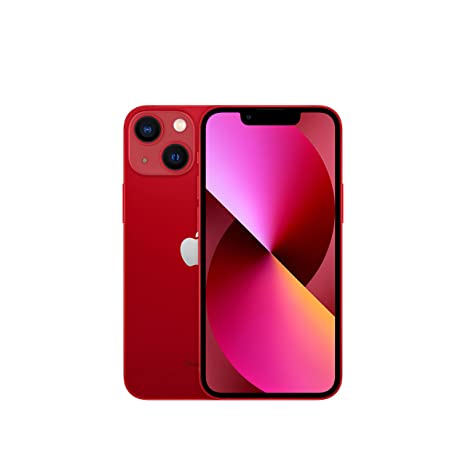

The iPhone 13 mini runs on Apple’s A15 Bionic chip. Its battery life has improved up to an hour and a half a day over the iPhone 12 mini. Like its bigger siblings, the iPhone 13 mini runs on Apple's A15 Bionic chip, making it a powerhouse in a small package. Its battery life has improved up to an hour and a half a day over the iPhone 12 mini. As with other iPhone 13 models, the mini features big camera improvements, and the most storage available of any mini model at a maximum storage capacity of 512 GB.
iPhone 13 Pro: September 24, 2021

iPhone 13 Pro comes with the 6.1-inch Super Retina XDR display with ProMotion, It comes with a LiDAR scanner for Night Mode photography and offers a 1 TB model for more storage. It was a big step by Apple that we have never seen before. It is also powered by the A15 chip and comes in silver, graphite, gold, and sierra blue.
iPhone 13 Pro Max: September 24, 2021

iPhone 13 Pro Max offers everything bigger including the camera lenses. The screen is the same size as the iPhone 12 Pro Max: 6.7 inches diagonally. In addition to getting a chip upgrade to the A15, the iPhone 13 Pro Max also gets an additional GPU, for a total of five. It, too, offers a 1 TB storage capacity option, and Apple says the battery is able to support up to 28 hours of non-stop video playback. With the heftiest price tag of any iPhone, the iPhone Pro Max is the ultimate top-of-the-line model available.
iPhone SE (third generation): March 8, 2022

The 2022 iPhone SE 3 is the third of its sort, and keeps up with the 4.7-inch Retina HD show and Home button with Touch ID harken back to the first iPhone SE, and with a correspondingly low cost. The third-age SE offers a considerable lot of the elements of Apple's most costly iPhones, including 5G, an A15 Bionic chip, high level camera framework with Portrait mode, Depth Control, top quality video, Deep Fusion, remote charging capacity, and long battery duration.
iPhone 14 series (to be launched)

Apple is supposed to launch the iPhone 14 series in fall 2022, just like the last two year. However, we won’t really know for sure what this will mean until it happens. The lead Apple cell phone setup is reputed to comprise of four models - iPhone 14, iPhone 14 Max, iPhone 14 Pro and iPhone 14 Pro Max. Despite the fact that Apple is not known to reveal anything about its upcoming products, insiders and merchants frequently hint what purchasers can anticipate.







